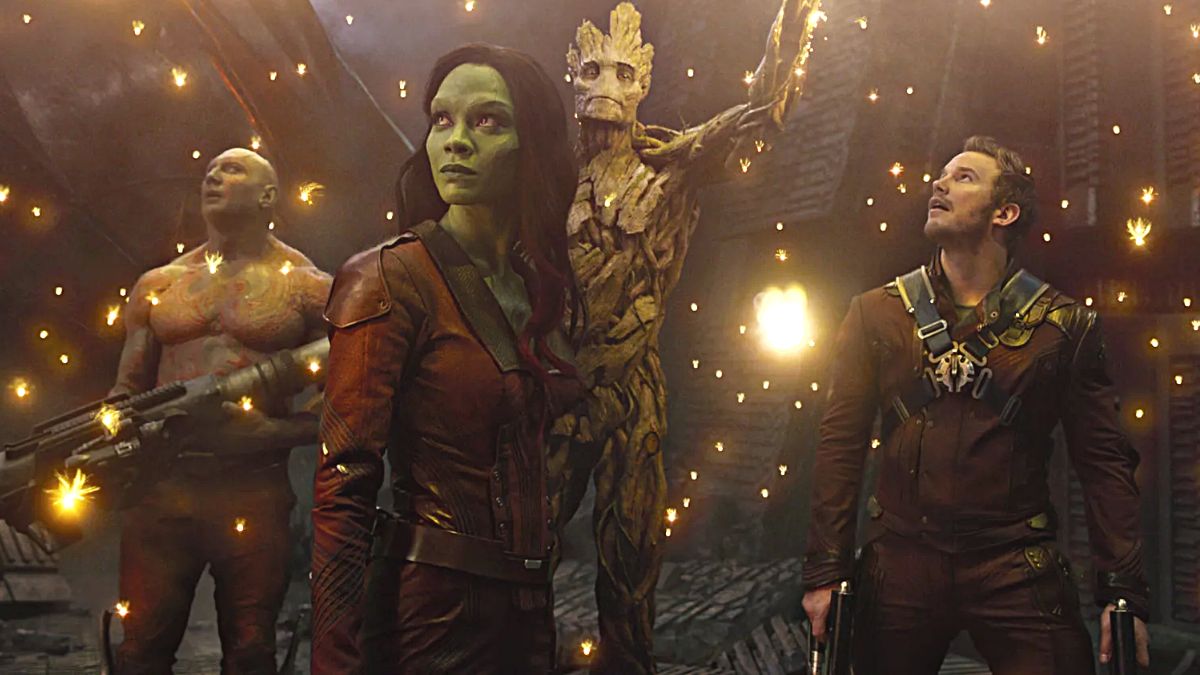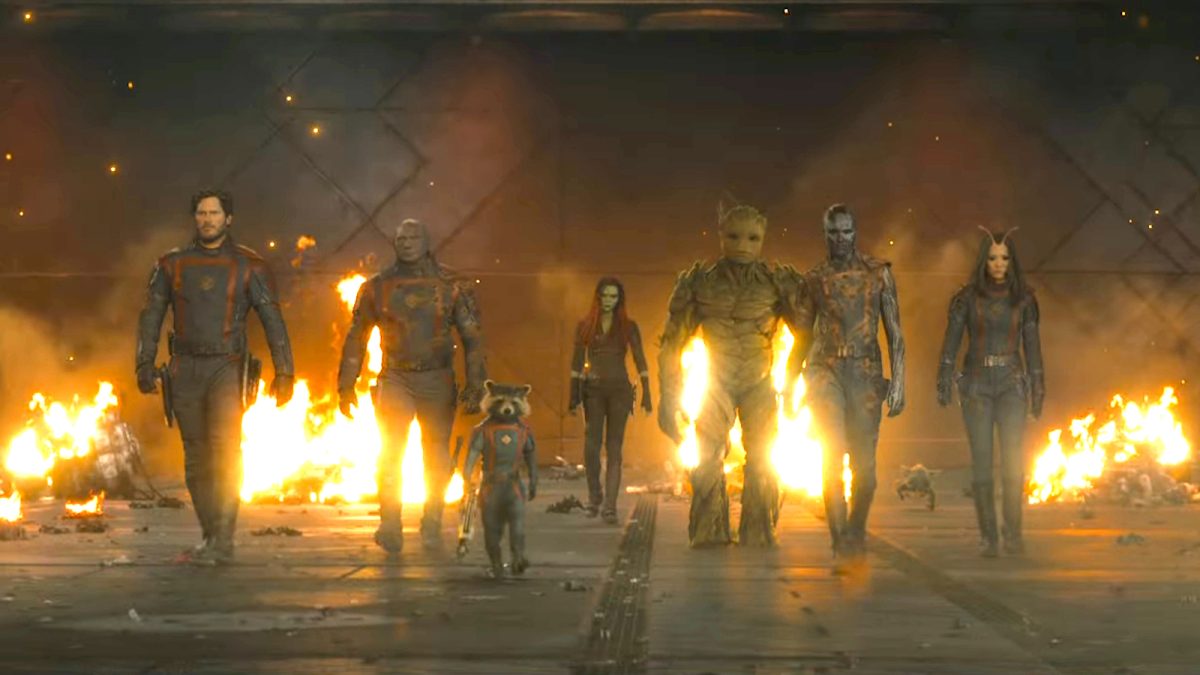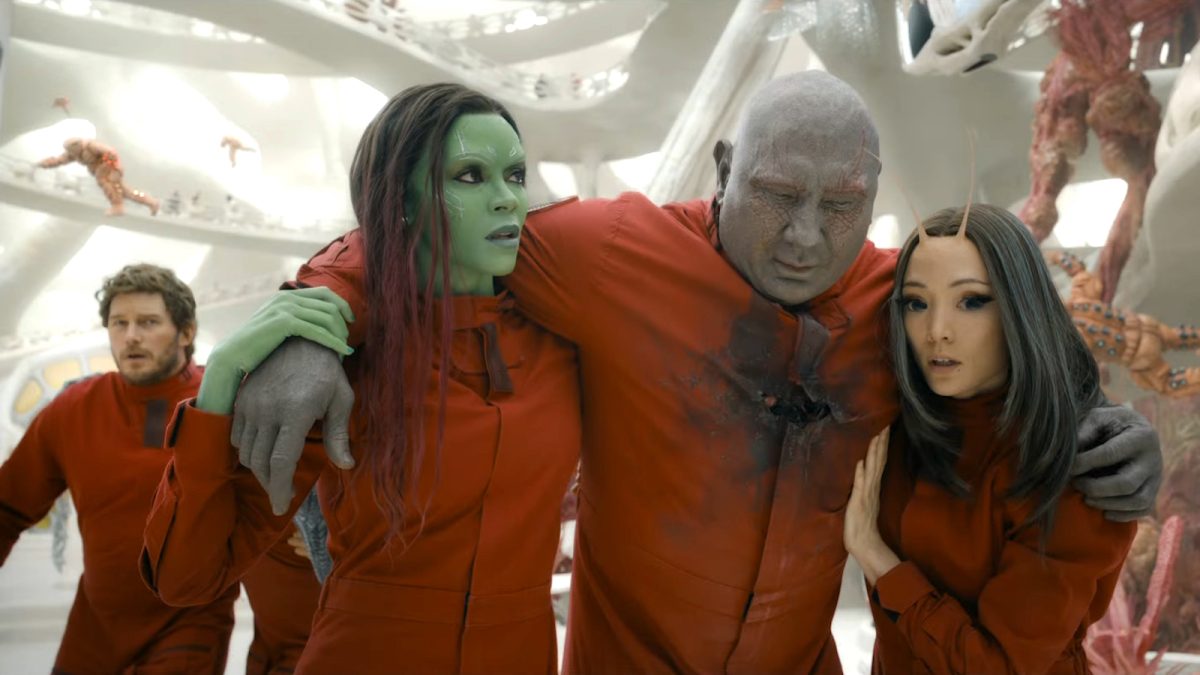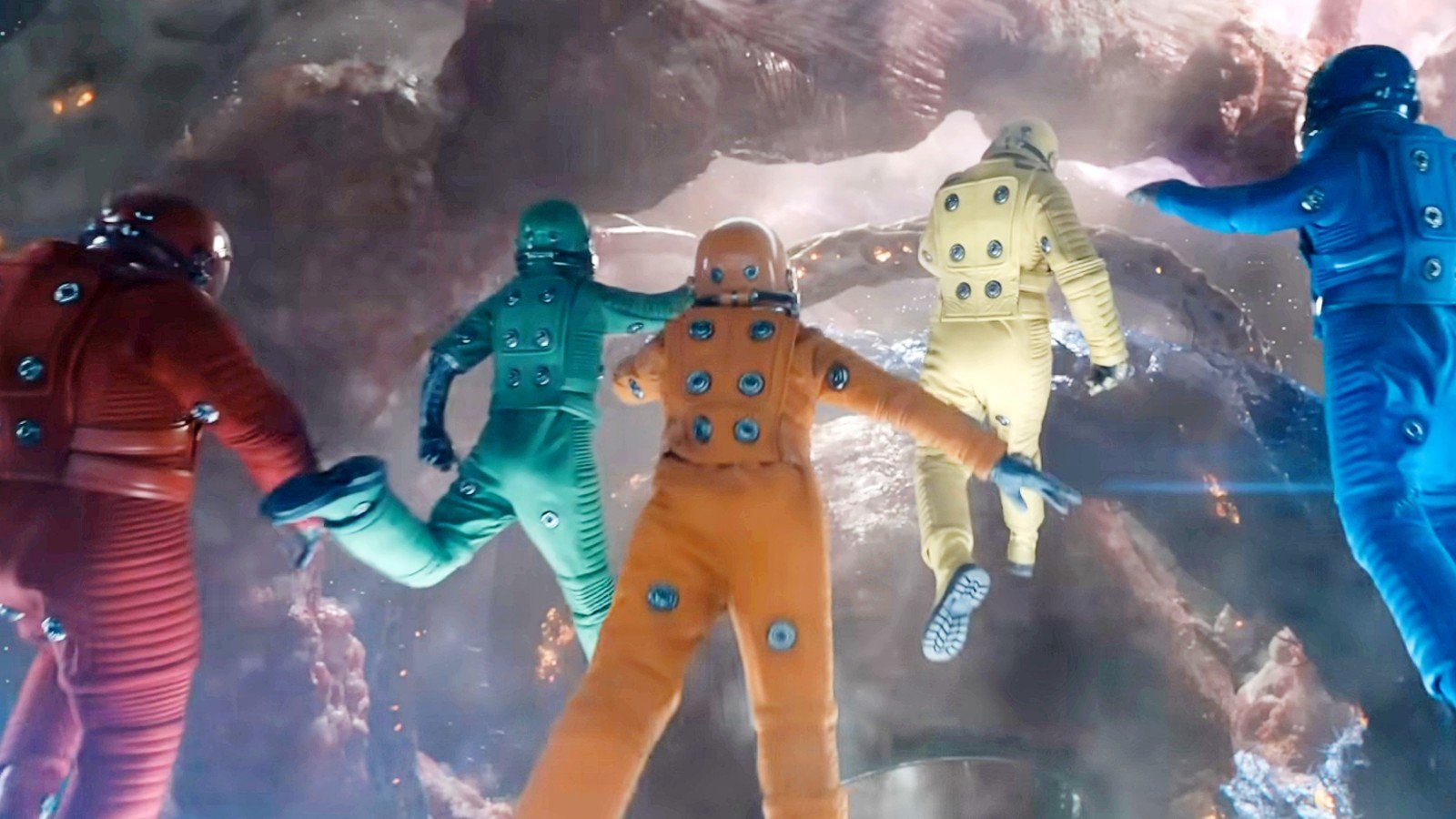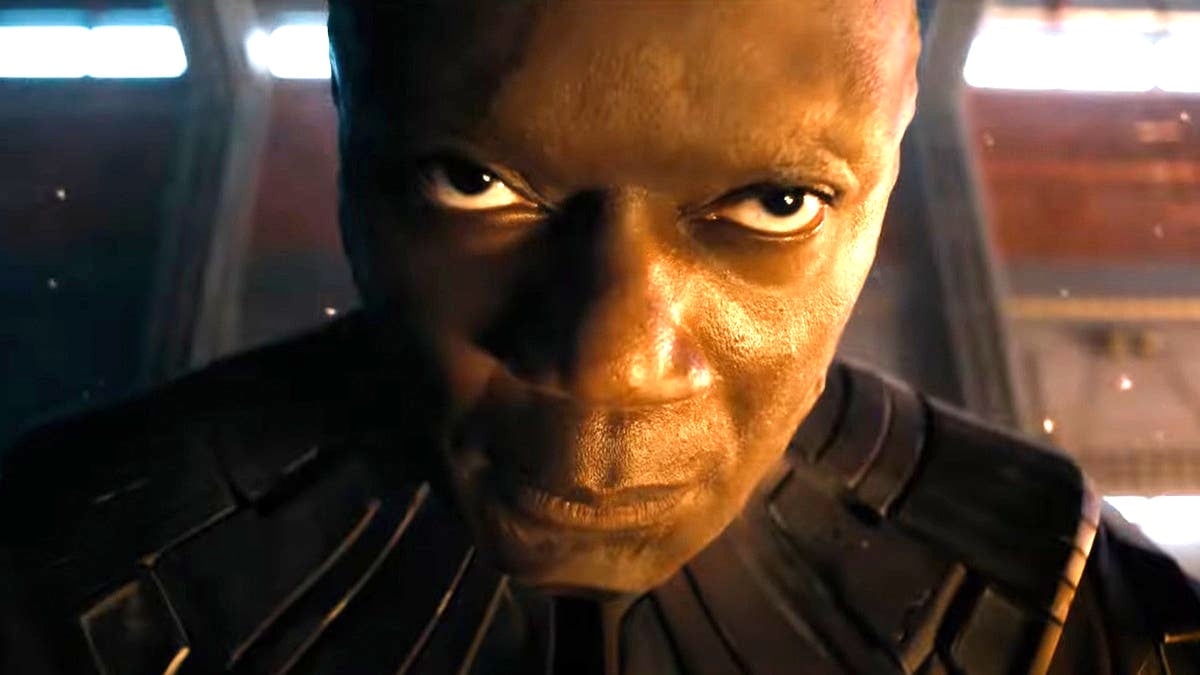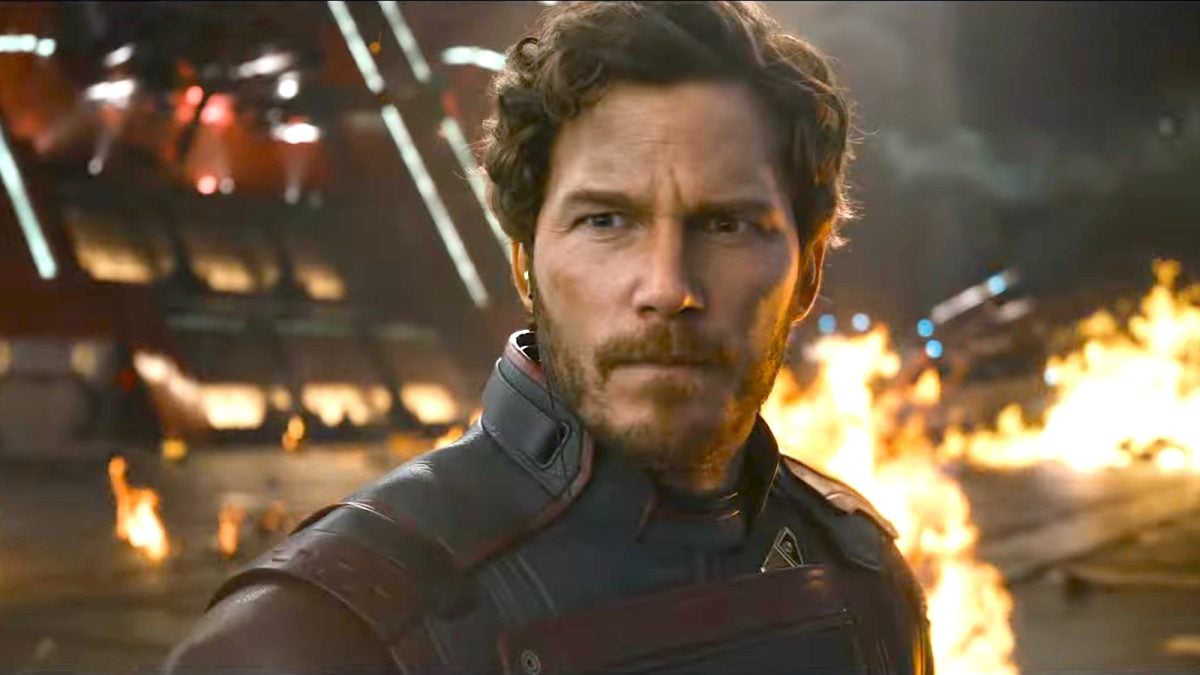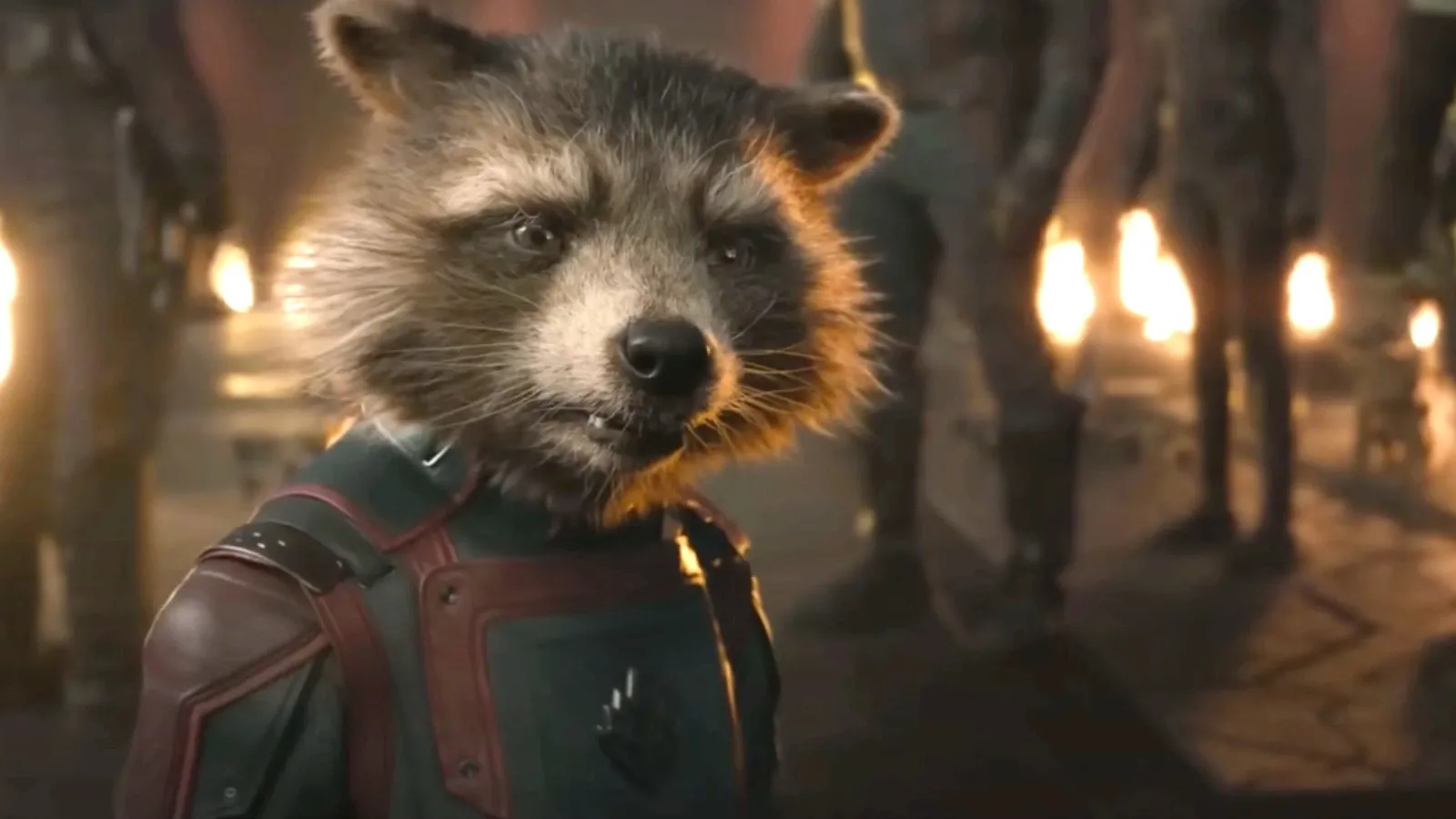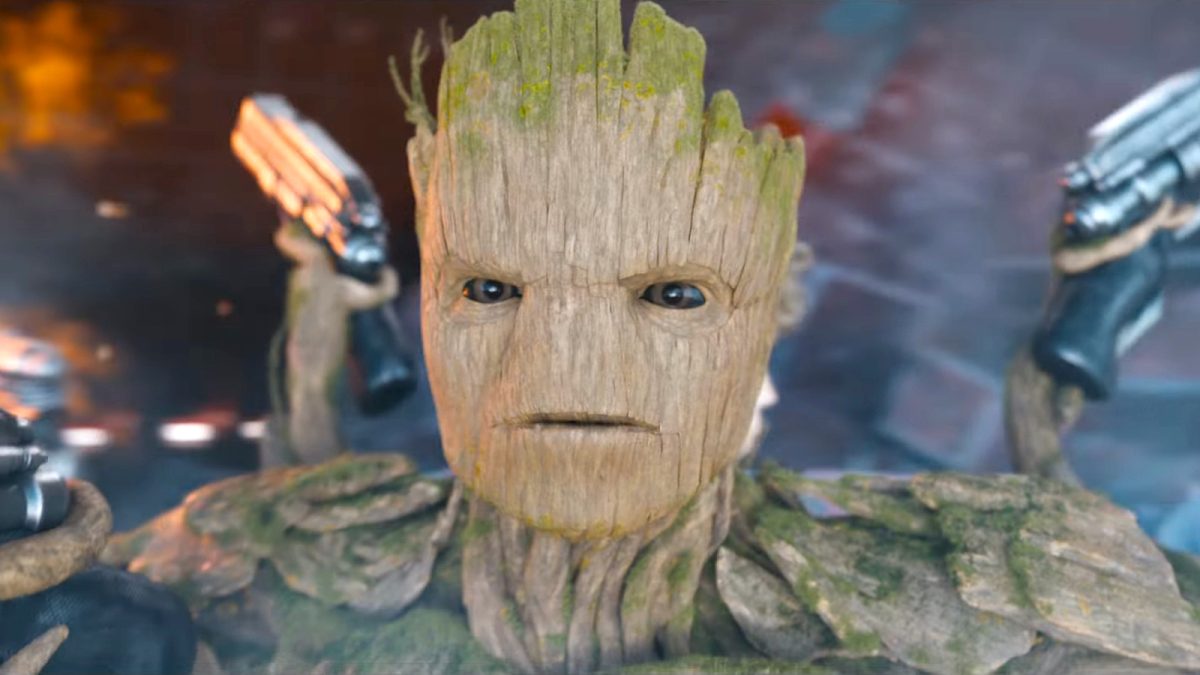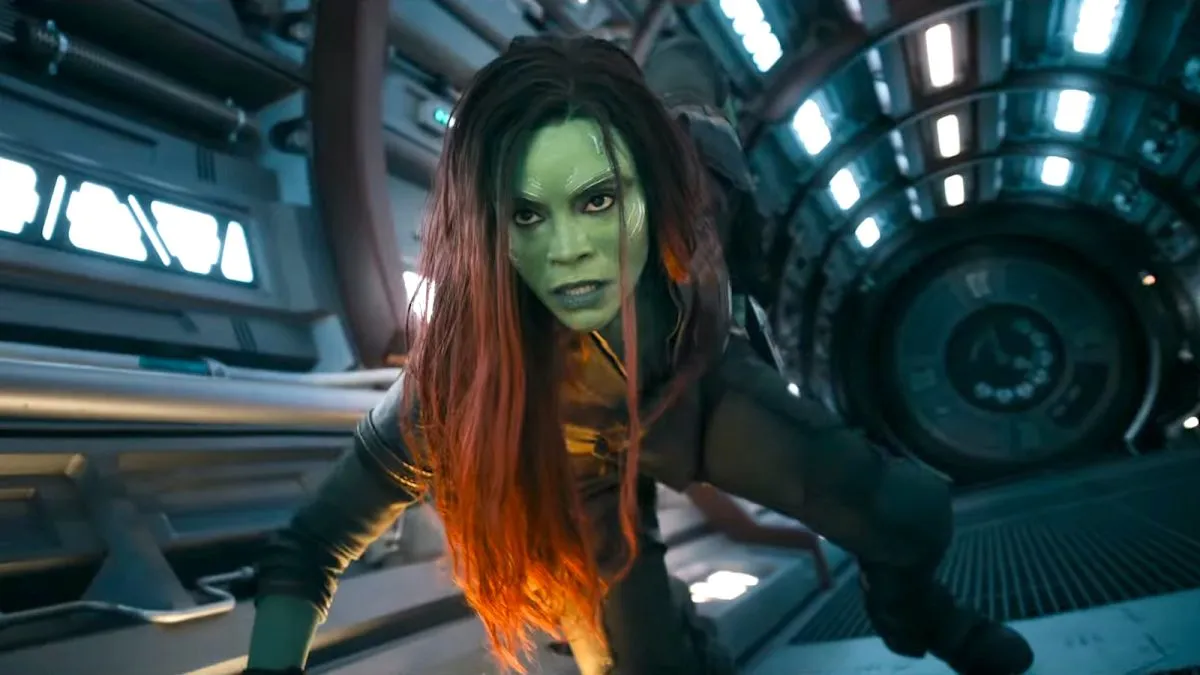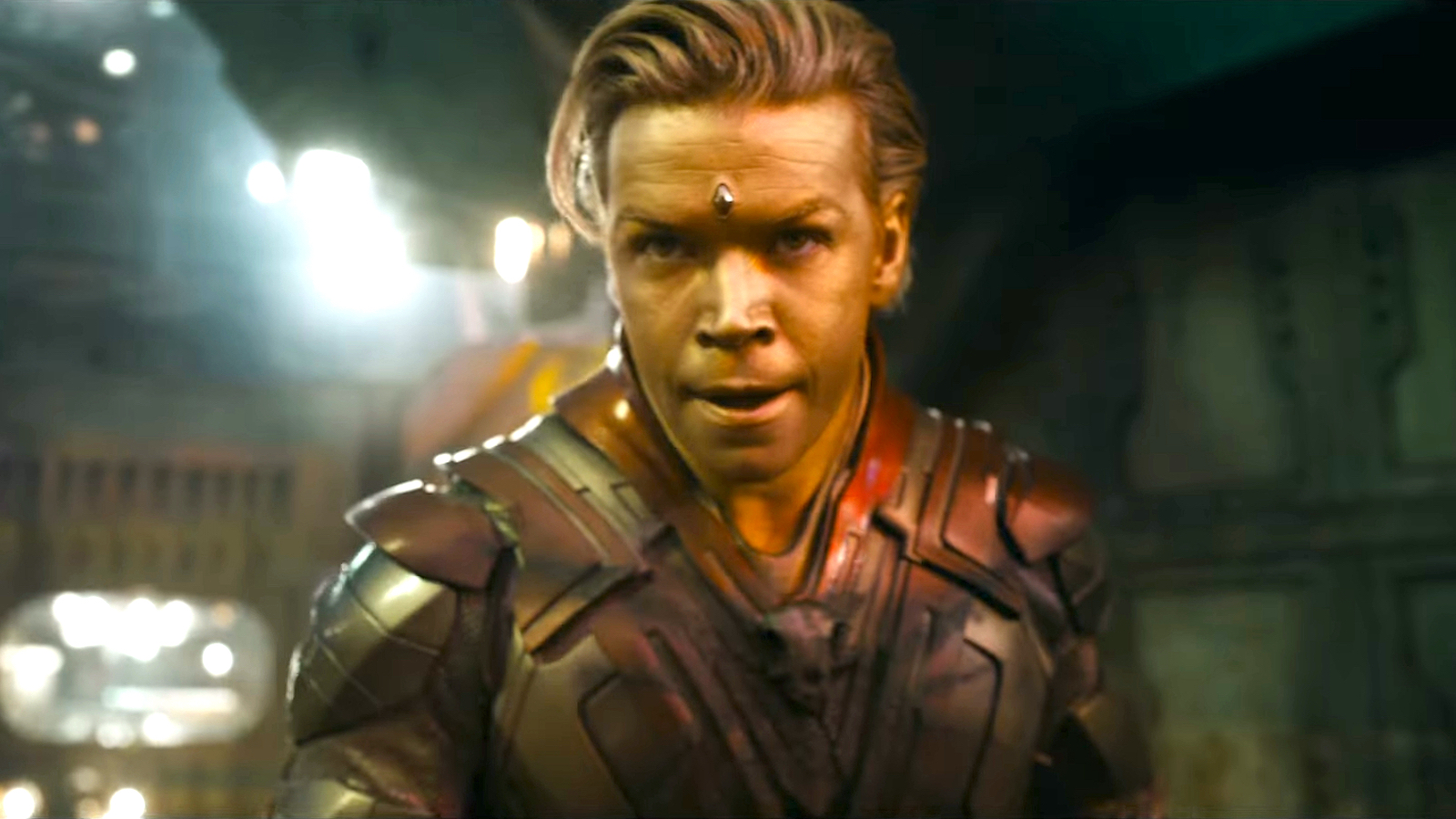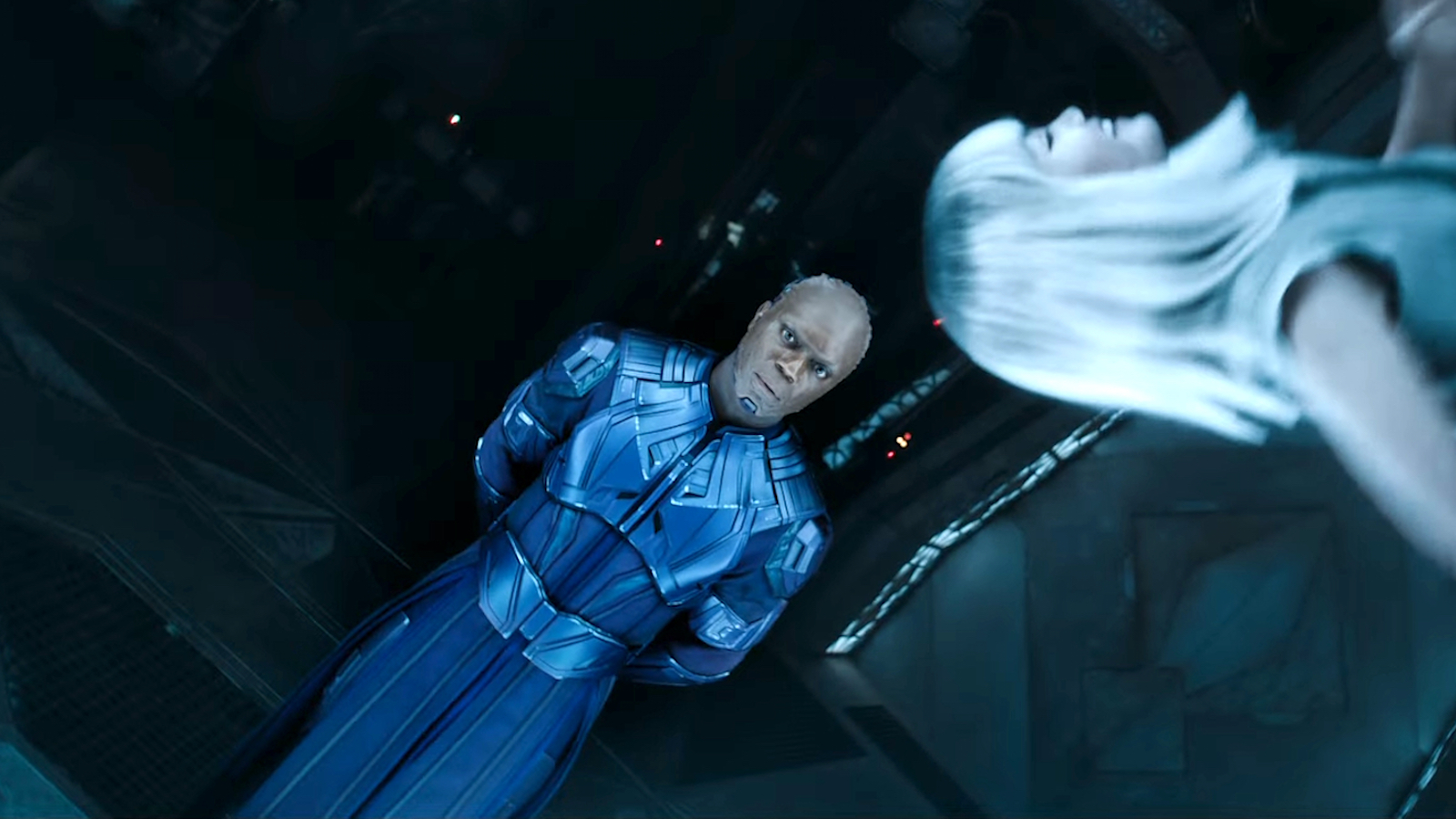The third and final installment of James Gunn’s Guardians of the Galaxy series has simultaneously temporarily revived a moribund Marvel Cinematic Universe and increased everyone’s anxieties that the golden age of the franchise might officially be behind us.
While Guardians 3 does somewhat feel like the end of an era for those of us who dwell on nostalgia, the future does not have to look as catastrophic – especially if Marvel learns from the best parts of Gunn’s trilogy and applies them to future projects. The director has already nailed one of the main takeaways from the success of the Guardians, which is the importance of character-driven storytelling, but there’s one other conclusion that can be drawn.
Allied with what Gunn has said about prioritizing an emotionally grounded story when making a superhero film is the very dynamic of the Guardians of the Galaxy as a team. It’s the group dynamic, particularly that of the found family, that makes audiences respond so well to the trilogy and create such real, deep connections to its characters, no matter how silly the idea of a talking raccoon and tree might seem on paper.
The team-up element is a common denominator for a lot of the most beloved superhero movies out there, from the Guardians, to the Avengers. While seeing our favorite hero shine on their own is great if done right, there’s a special emotionality that comes from being a part of a group and fighting for something greater than yourself, not to mention the relationships, either romantic or platonic, that that format also provides.
Peter and Gamora are one of the most fleshed-out MCU relationships because both characters hold the same importance in the Guardians’ story. Similarly, the friendships between Rocket and Quill and even Mantis and Drax are also significantly more developed than, say, Tony and Rhodey or Peter and Ned. That’s because, in a team-up film, every member is important and gets their own character arc, with obstacles to overcome, and growth to achieve. They’re not stagnant in the way a secondary character, whose sole purpose is to be the emotional support of the protagonist, often is. Of course, you can also just give the side characters their own star vehicles like The Falcon and the Winter Soldier, or Rhodey’s own Armor Wars, but then the original main guy is already gone.
In fact, it’s fair to assert that among the Blades, Deadpools, and Daredevils of this world, Marvel’s following is still anticipating the arrival of the X-Men and the Fantastic Four the most out of all future additions to the MCU. Granted, the Eternals are a big exception to this rule. I personally see a lot of merit in their film, but as I attempt to find a pattern in what Marvel audiences seem to prefer, I have to consider the general opinion and not just my own.
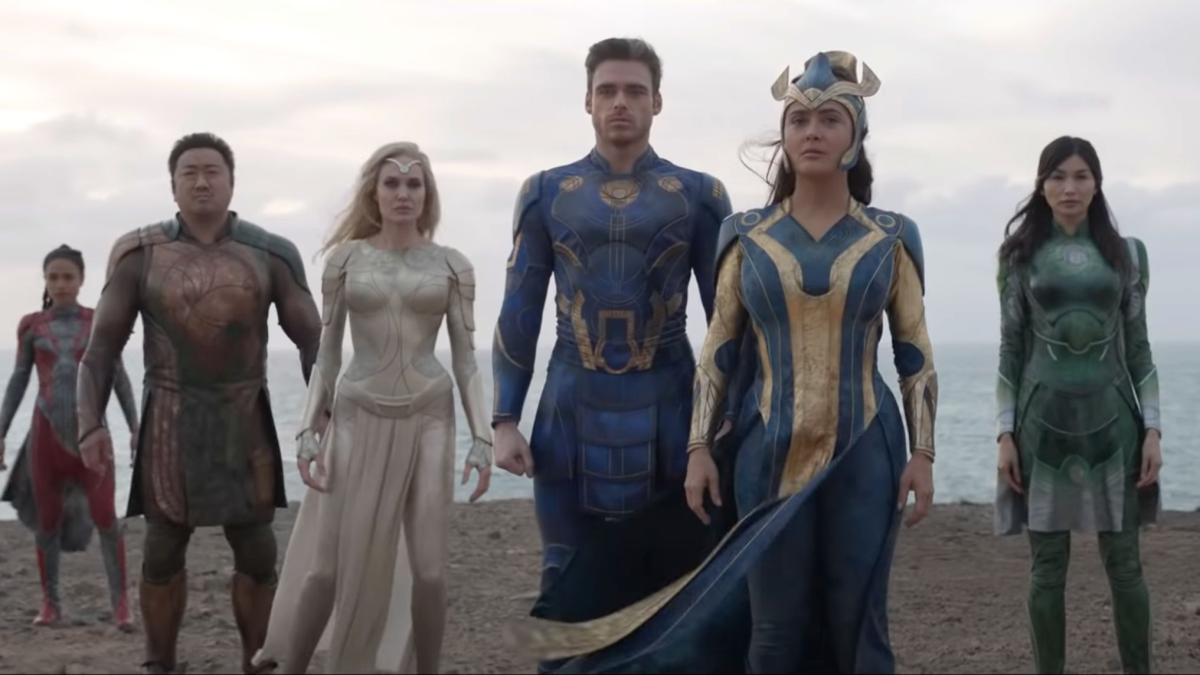
Still, as much as that particular team-up film failed, a good, easy way to bring back that character-driven storytelling Gunn was talking about is to really double down on group dynamics within the superhero genre. Off the bat, having multiple central characters opens infinite possibilities for emotional conflict and connection, in ways that are harder to achieve with just one leading man/woman/hero.
I have always gravitated towards teams like the Avengers, Agents of S.H.I.E.L.D., the Young Avengers, the Runaways, and even duos like Cloak and Dagger. However, the MCU has largely disregarded these ensembles in favor of title heroes and turned the Avengers films, where we finally get to see all our favorite characters interact, into sporadic, special events.
Guardians was the alternative – and hopefully, films like The Marvels, and the future X-Men and Fantastic Four projects will fill the void Gunn’s trilogy left behind – but the majority of upcoming Marvel films and shows still revolve around the lone hero. It might not be such a bad idea to consider other options.

